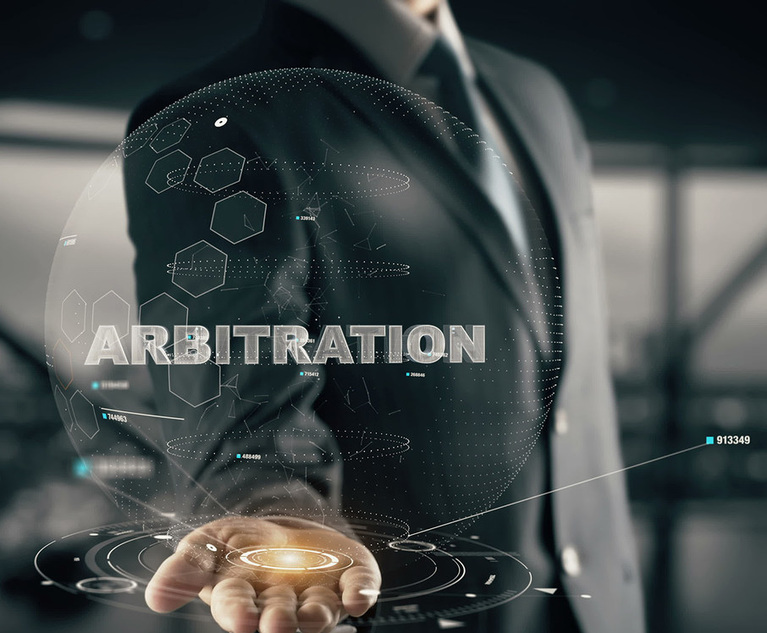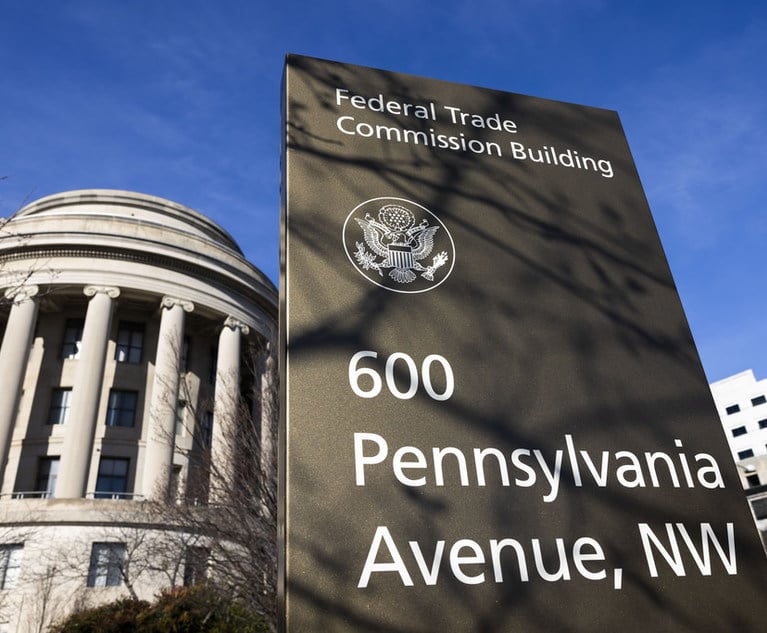Buried in a footnote in Moses H. Cone Memorial Hospital v. Mercury Construction, 103 S. Ct. 927 (1983) is a statement by the U.S. Supreme Court that bears remembering when it comes to the Federal Arbitration Act (FAA). The Moses court explained that the FAA “is something of an anomaly in the field of federal-court jurisdiction. It creates a body of federal substantive law establishing and regulating the duty to honor an agreement to arbitrate, yet it does not create any independent federal-question jurisdiction under 28 U.S.C. §1331 or otherwise.”
That lesson was repeated in Hall Street Associates v. Mattel, 128 S. Ct. 1396 (2008), where the court wrote that “[a]s for jurisdiction over controversies touching arbitration, the act does nothing” to bestow federal jurisdiction. The description of the FAA as a jurisdictional “anomaly” has proven to be a thorny issue, with the question of which FAA-related cases do and do not belong in federal court returning to the Supreme Court on multiple occasions. The most recent occasion was Badgerow v. Walters, 142 S. Ct. 1310 (2022) where the Supreme Court again reminded federal court litigants of the FAA’s anomalous jurisdictional landscape.







